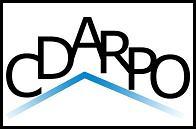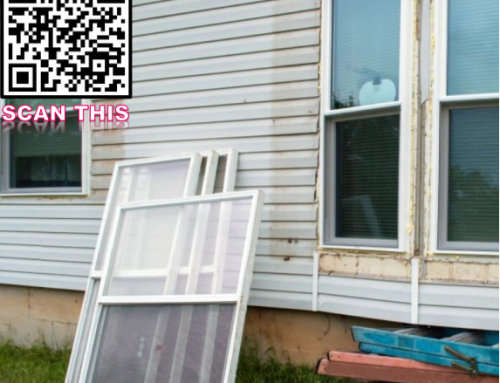A brand new landlord, (the closing was last week), calls and asks: What tools should I buy? I don’t have any. My old landlord seemed to have tons of them. Now that I own a house I guess I should get my own.
Mac answers: You old timers are going to love this. We all have tools which we use once every 5 years and they are priceless for certain jobs. However, you cannot anticipate when and if you will use every kind of tool. I suggest you start with the basics listed below. You can pick up all kinds of stuff at garage sales, thrift shops and auctions after you buy the basics. You should start going to these things anyway because you will be able to pick up all kinds of things you will need for your building. If you have storage, you can stockpile stuff for that kitchen or bath upgrade.
Anyway back to the start up tool kit. It’s best to buy a nice metal toolbox. Paint your name on it and put your name or initials on all of your tools so people will not pick them up and think they are theirs. A good way to keep your tools is to spray paint the handles an odd color so you can spot them. Screw drivers especially disappear with great regularity. Here goes:
Measuring and Marking tools: 16 to 25 ft measuring tape, a small combination square, a scratch awl and a carpenters pencil, and a small level.
Fastening and unfastening tools: A good quality claw hammer, a nail set, a heavy duty staple gun, a good set of screw drivers, (do not purchase at the dollar store) you should start with a medium size of each of these types of screw drivers: Standard flat blade, phillips head, a star shaped one and a square drive. Next an electric drill with a small set of good bits (again not from the dollar store, these take a beating). Next come the gripping tools, you will want a pair of slip joint pliers (AKA channel locks), a couple of adjustable wrenches medium and small, crescent type. A pair of Needle nose (long nose) pliers, 3 or 4 open ended wrenches and a nut driver (looks like a screw driver)
Cutting and shaping tools: A general purpose wood saw (for both cross cutting and rip cutting) a rasp and a wood file. Also a couple of metal files are useful, one flat and one triangular. A sheetrock (Utility) knife with extra blades. A putty knife and a hack saw are also handy.
These are bare bones basics; you may want a circular saw or other small electric saw or a Sawzall for demolition. You will discover what else is needed as you encounter jobs around the building.




